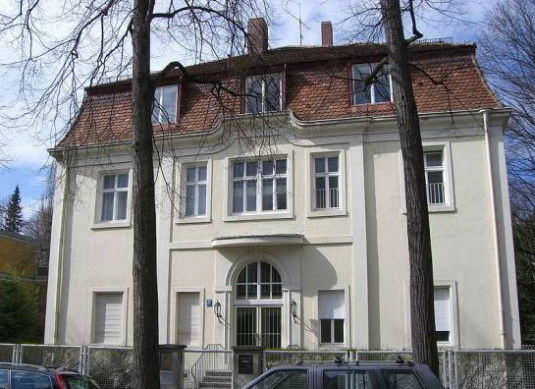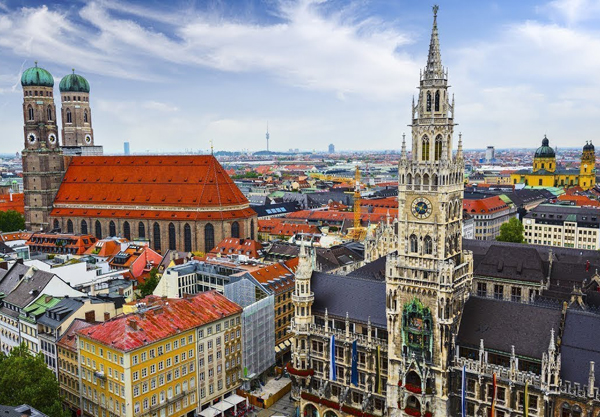Bavaria
Bavaria (Bayern). A German land, which has historically been an autonomous or independent political entity; a kingdom between 1806 and 1918. Since 1949 Bavaria has been the largest state of the Federal Republic of Germany, with an area of 70,550 sq km and a population in 2019 of 13,124,737. Munich is the capital.
Ukraine’s ties with Bavaria date back to the medieval period. Kyiv had commercial relations with Regensburg, where the Monastery of Saints Jacob and Gertrude was built with financial support from the Kyivan grand prince, Volodymyr Monomakh. Members of the Kyivan Rus’ Riurykide dynasty were related to the Bavarian dynasty of Wittelsbach through the Hungarian house of Árpád (13th–14th century). As to political ties, in the 17th–18th century the Zaporozhian Cossacks fought under the elector Maximilian I in the Thirty Years’ War, and the exiled hetman Pylyp Orlyk planned an anti-Russian coalition with the elector Charles Albert. Since the 16th century, some Ukrainians have received their higher education in Bavaria, first at Dillingen and Ingolstadt, and later at Munich, Erlangen, and Würzburg. Bavarian artists—for example, P. Labenwolf (1493–1563), who created the Herburt monument in Lviv, H. Holbein the Elder (ca 1470–1524), and the sculptor F. Tietz (1710–77)—have had some influence in Ukraine. In recent times some prominent Ukrainian artists have worked in Munich: graphic artist Heorhii Narbut, sculptor Mykhailo Parashchuk, and such painters as Oleksander Murashko, Mykhailo Boichuk, and Abram Manevich.
After the Second World War Bavaria received the largest number of Ukrainian political refugees and displaced persons. Most of them lived in displaced persons camps near Munich, Augsburg, Regensburg, Mittenwald, Berchtesgaden, Aschaffenburg, Bayreuth, and Kaufbeuren. In 1946 there were up to 100,000 Ukrainians in Bavaria. In 1955 about 10,000 remained, while there were about 25,000 in all of West Germany. Among German cities, Munich has the largest number of Ukrainians and Ukrainian institutions.
In 1945–50 the major Ukrainian churches became widely active in Bavaria, as did the Ukrainian press and Ukrainian publishing houses. Ukrainian elementary schools and secondary schools, the Ukrainian Free University, the Ukrainian Technical and Husbandry Institute, a Ukrainian Catholic seminary, and the Theological Academy of the Ukrainian Autocephalous Orthodox Church were established in Bavaria. The Shevchenko Scientific Society resumed its activities, and the Ukrainian Academy of Arts and Sciences was established. Ukrainian theater groups and choirs performed before Ukrainian and German audiences. As Ukrainians emigrated in large numbers across the ocean, Bavaria’s significance for Ukrainian émigrés diminished. Yet Ukrainian political, social, and cultural institutions in Bavaria continue to function, and Munich has remained a center of Ukrainian émigré activity in Western Europe.
BIBLIOGRAPHY
Prokoptschuk, G. Ukrainer in München und in der Bundesrepublik Deutschland (Munich 1958-9)
Maruniak, V. ‘Ukraïntsi v Nimechchyni,’ in Milanych, A. et al (eds). Ukraïns'ki poselennia: Dovidnyk (New York 1980)
Ivan Mirchuk
[This article originally appeared in the Encyclopedia of Ukraine, vol. 1 (1984).]


.jpg)
